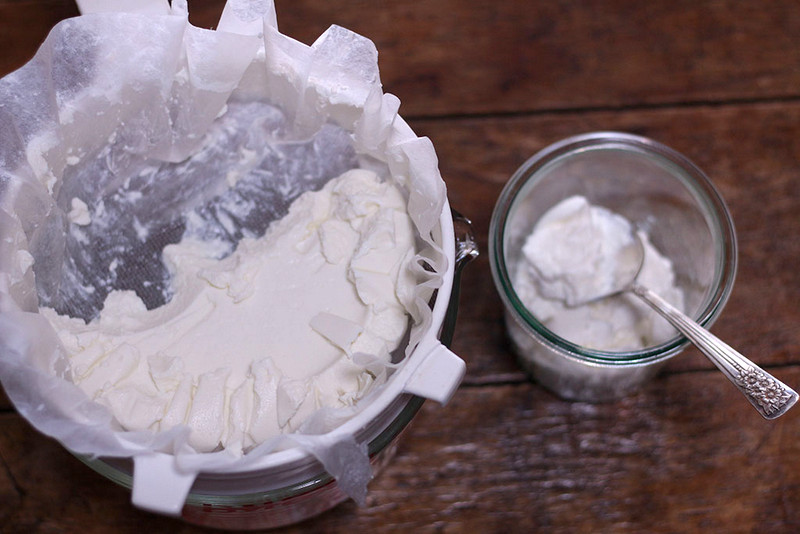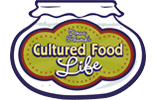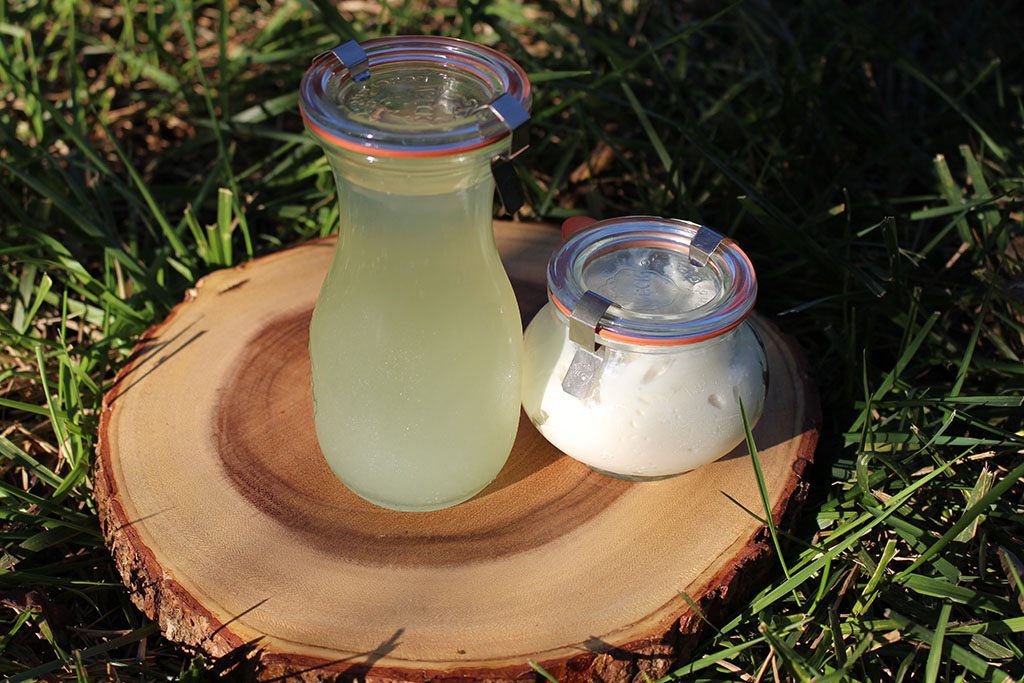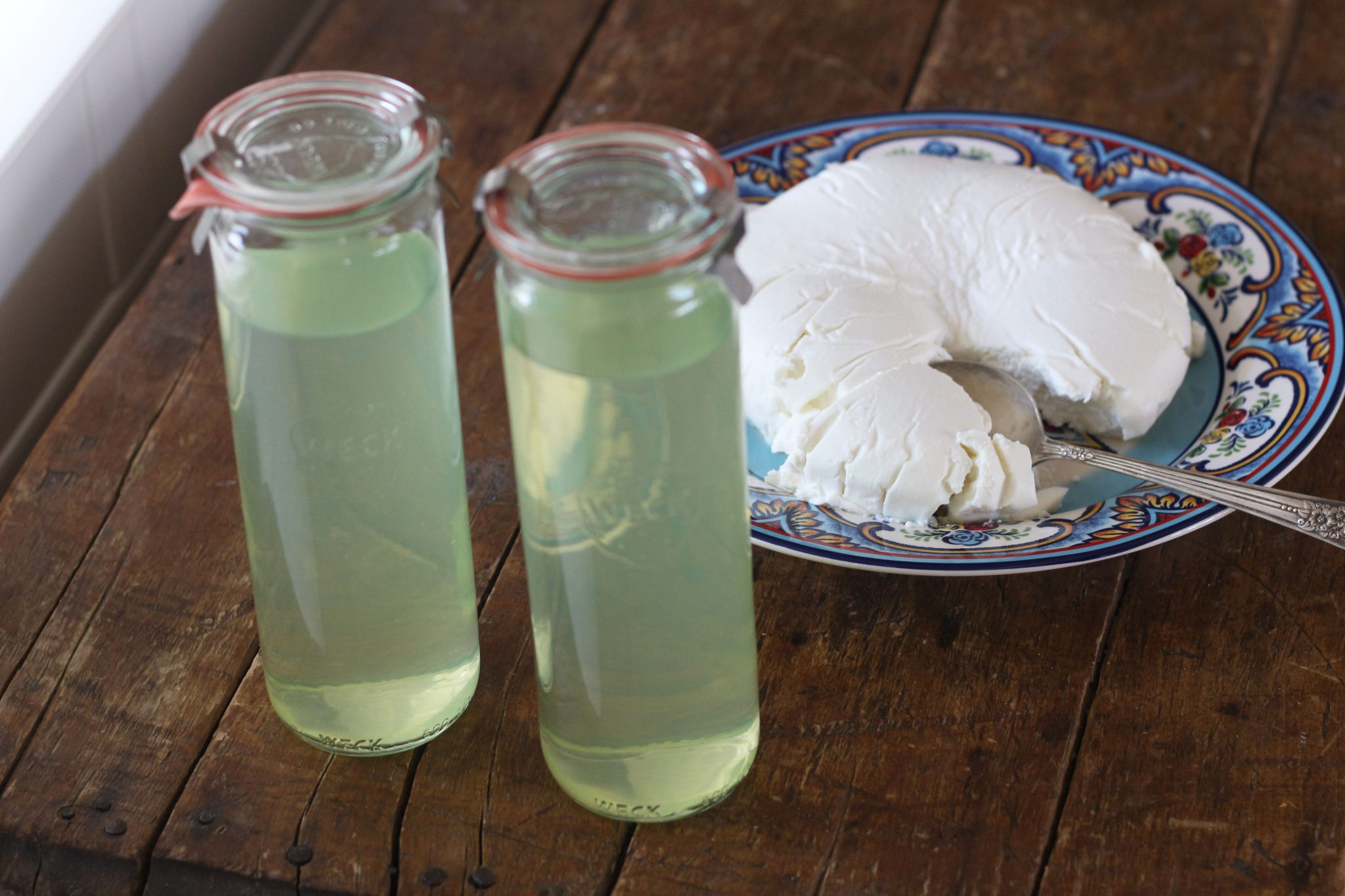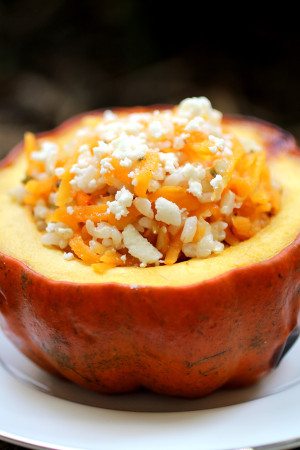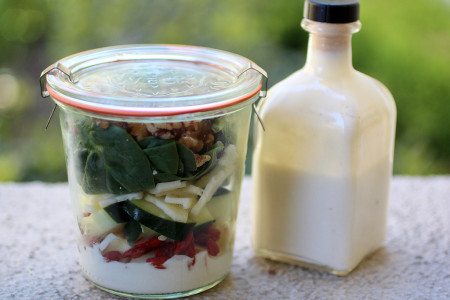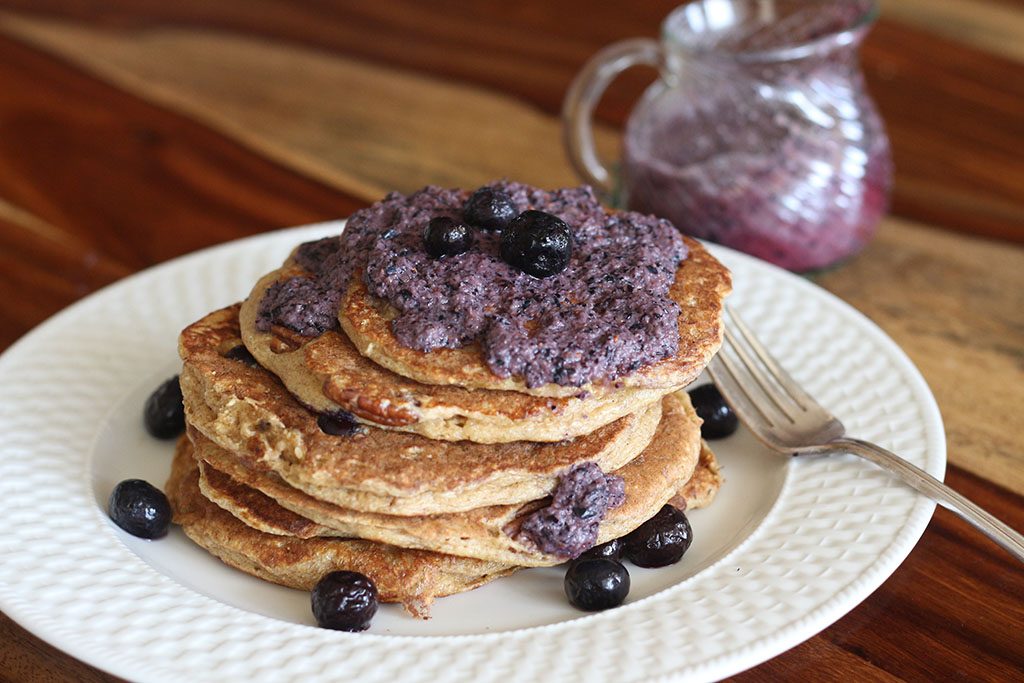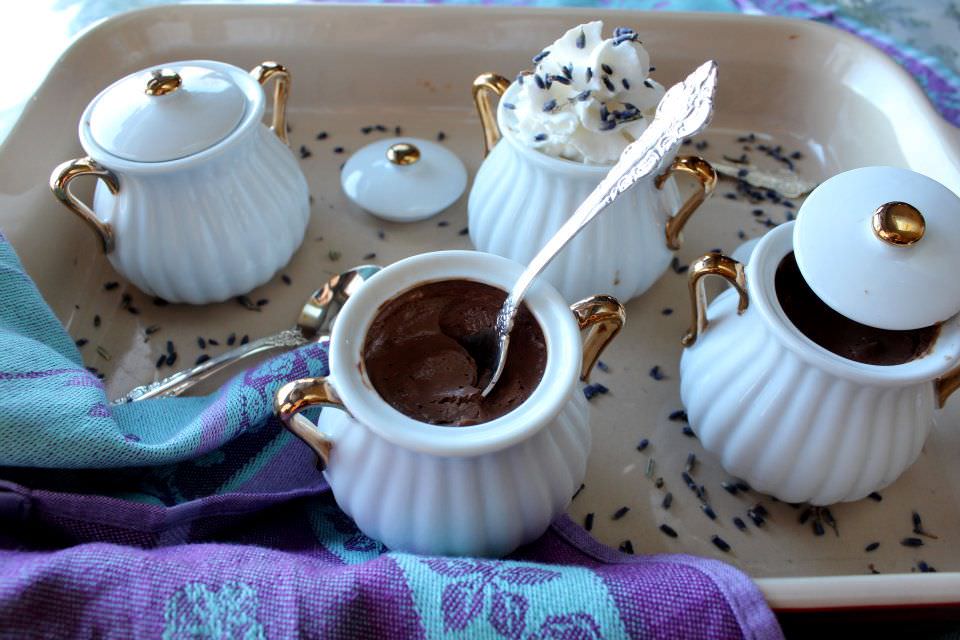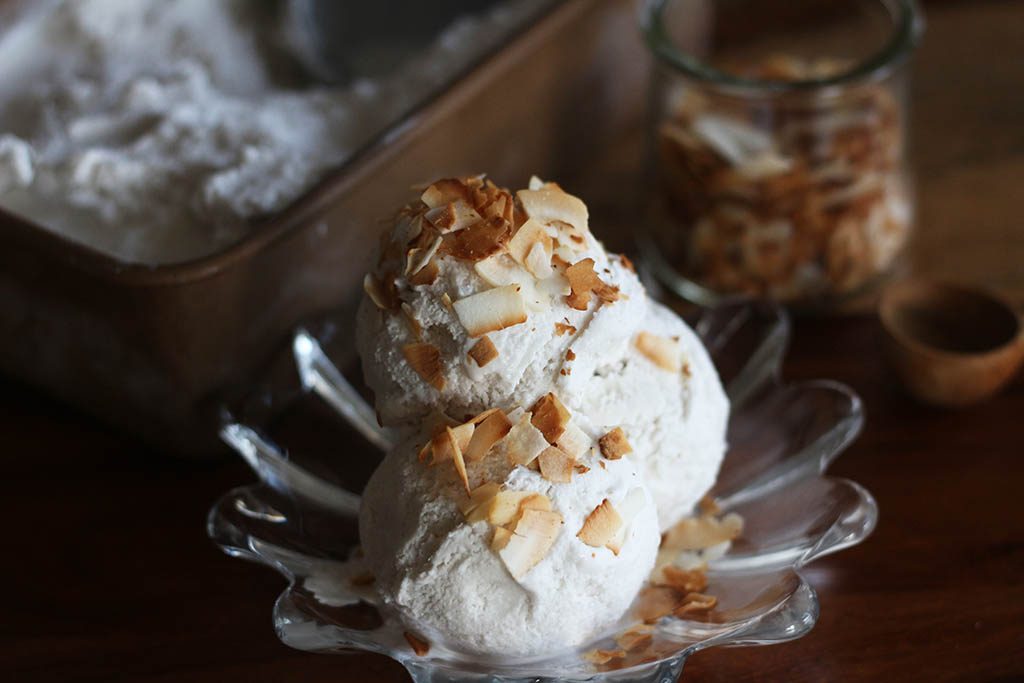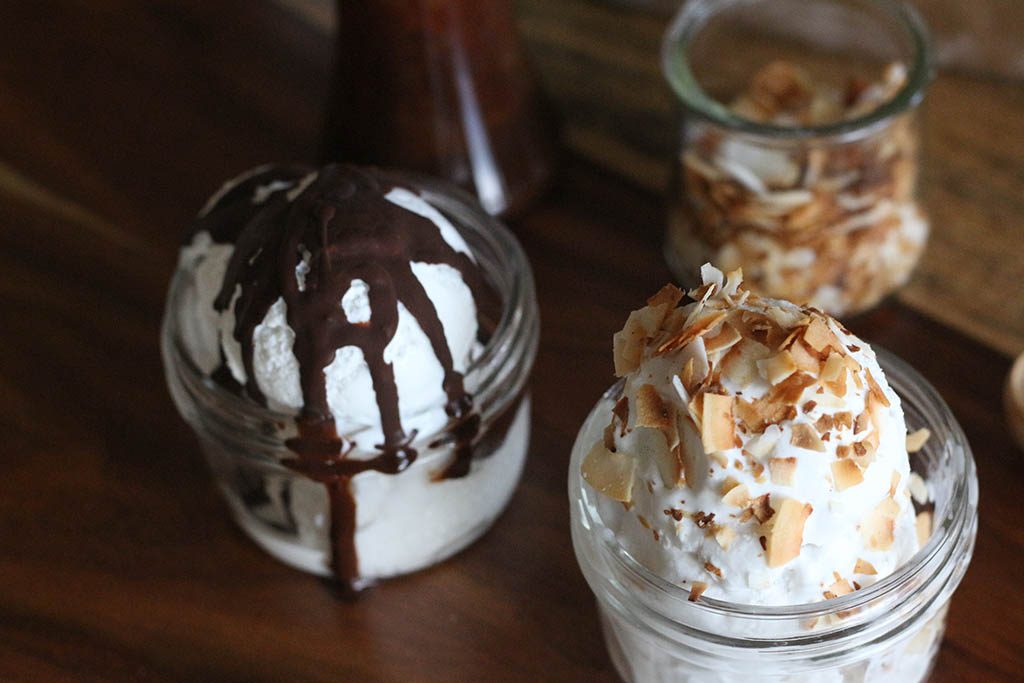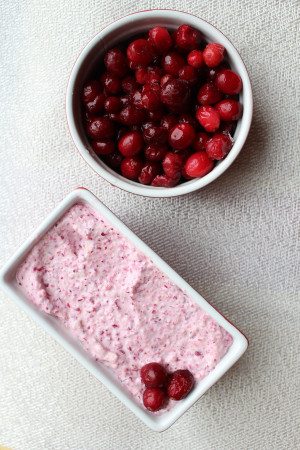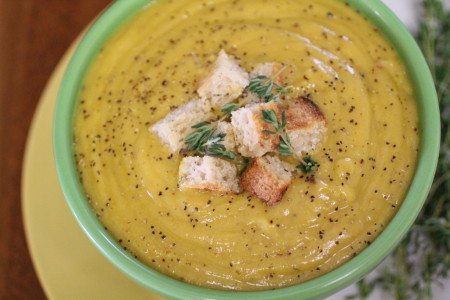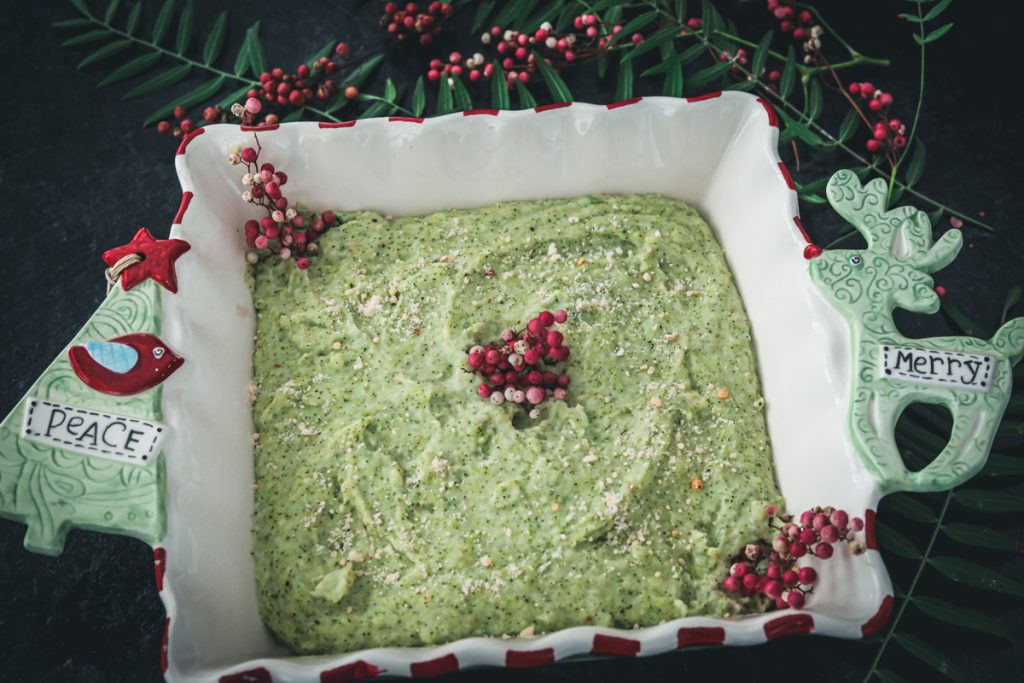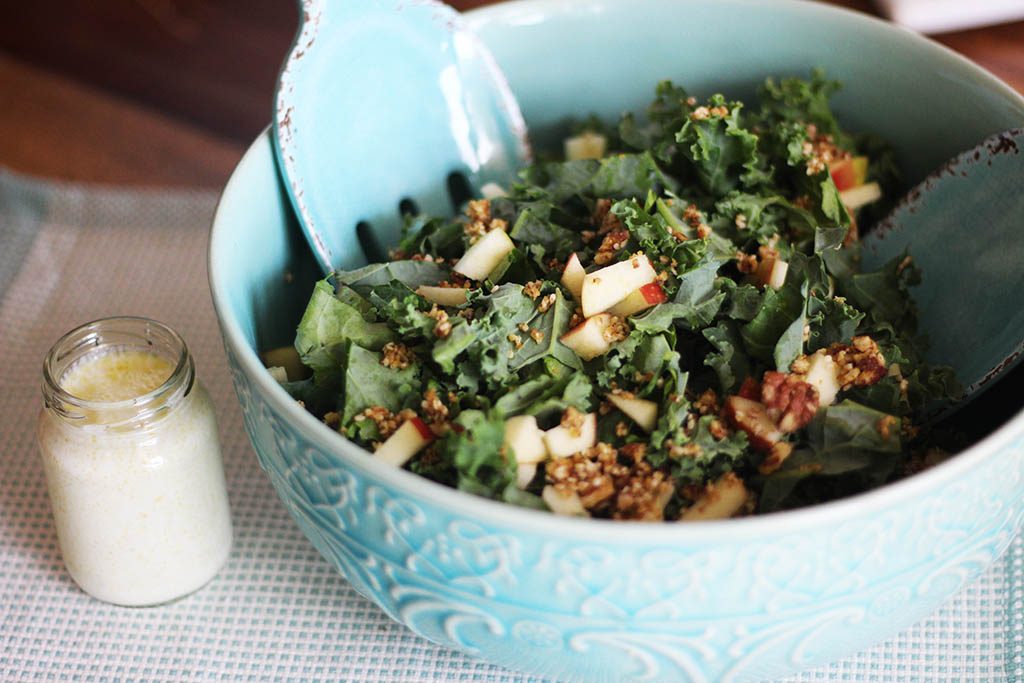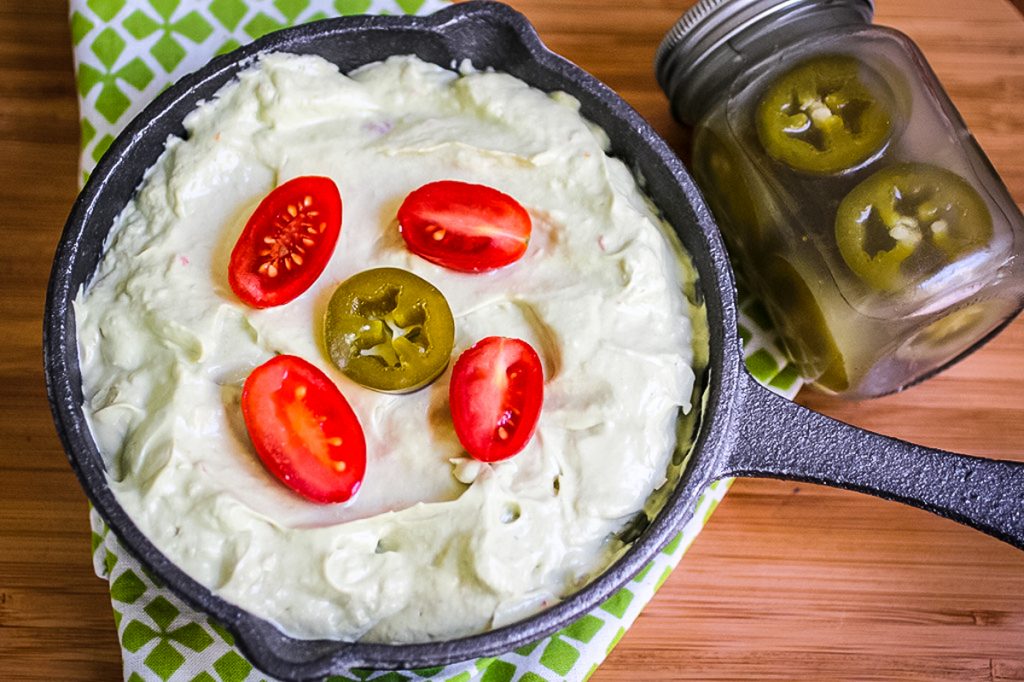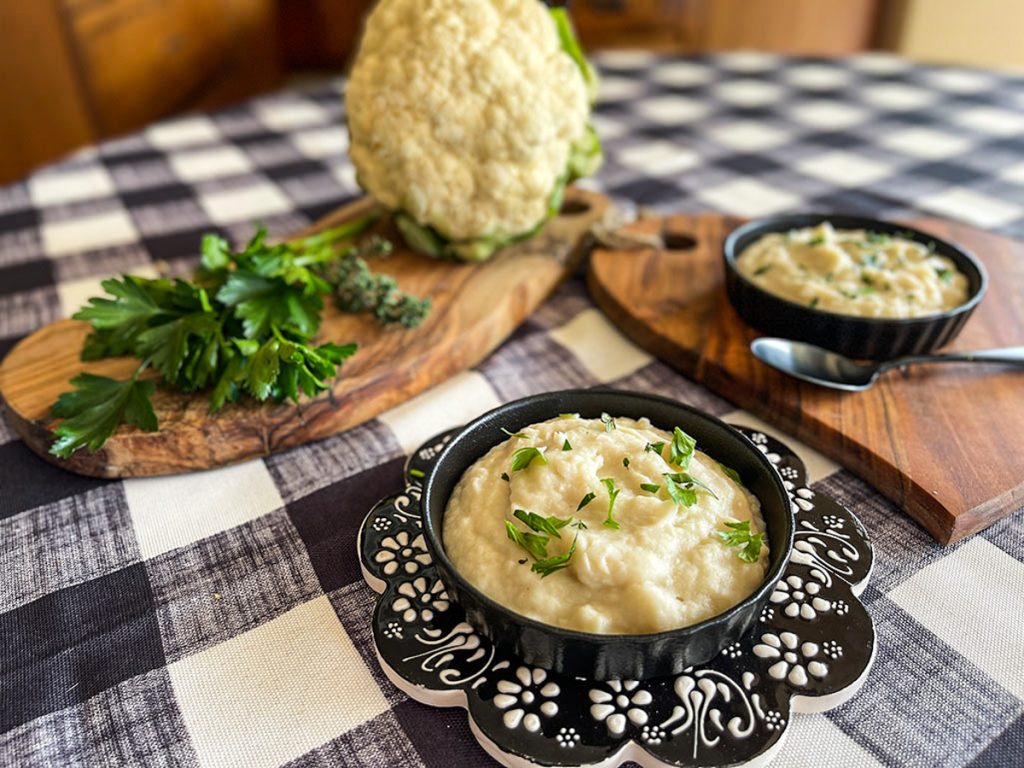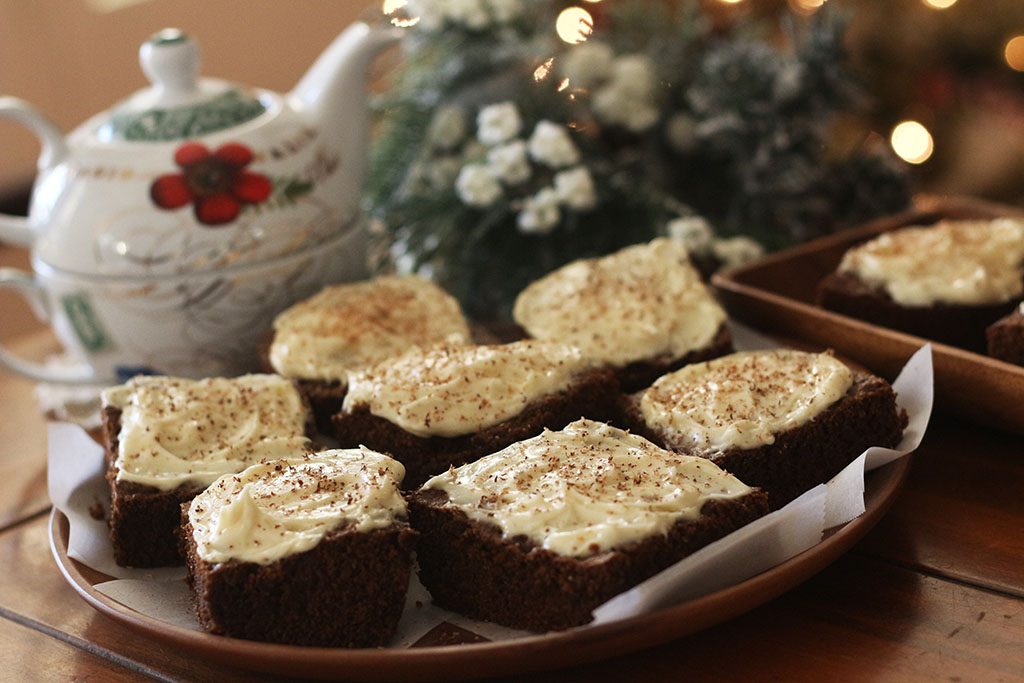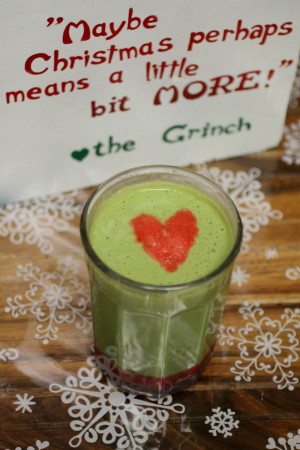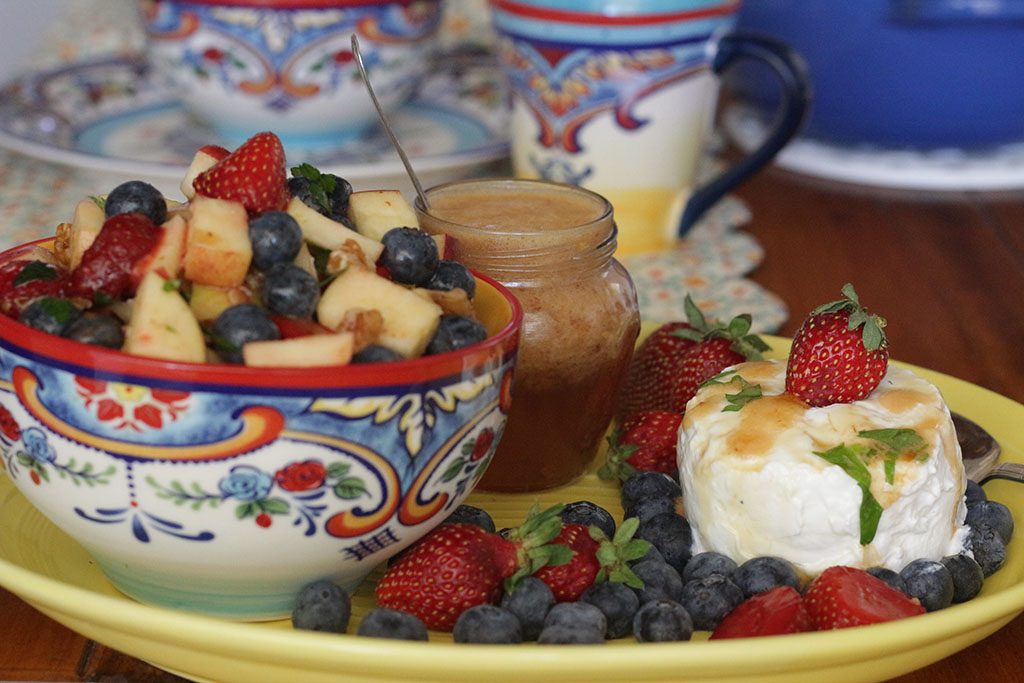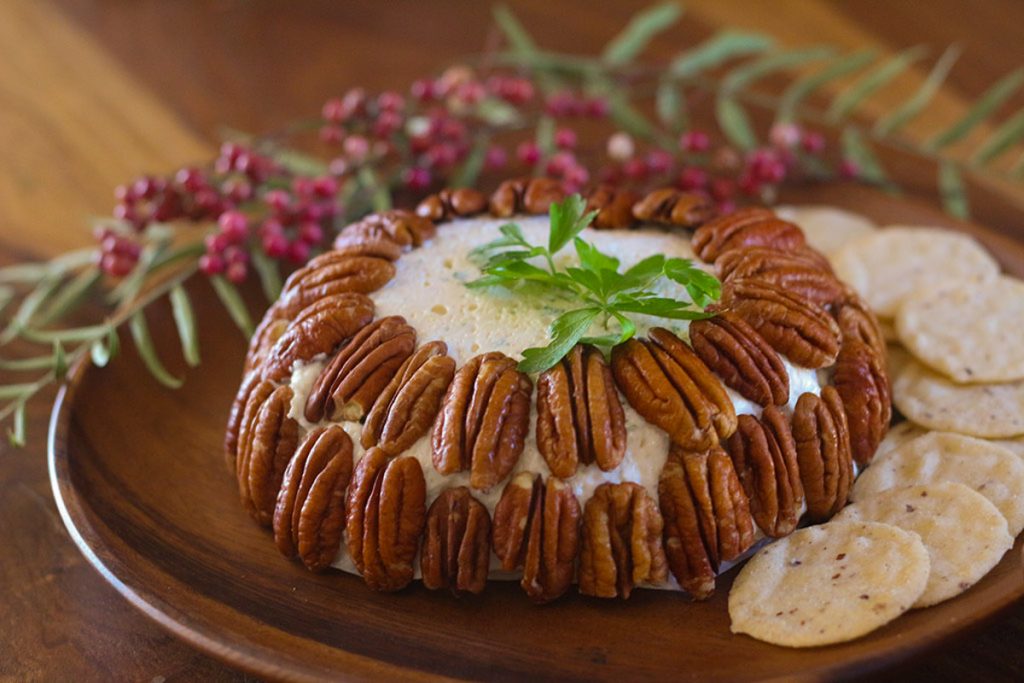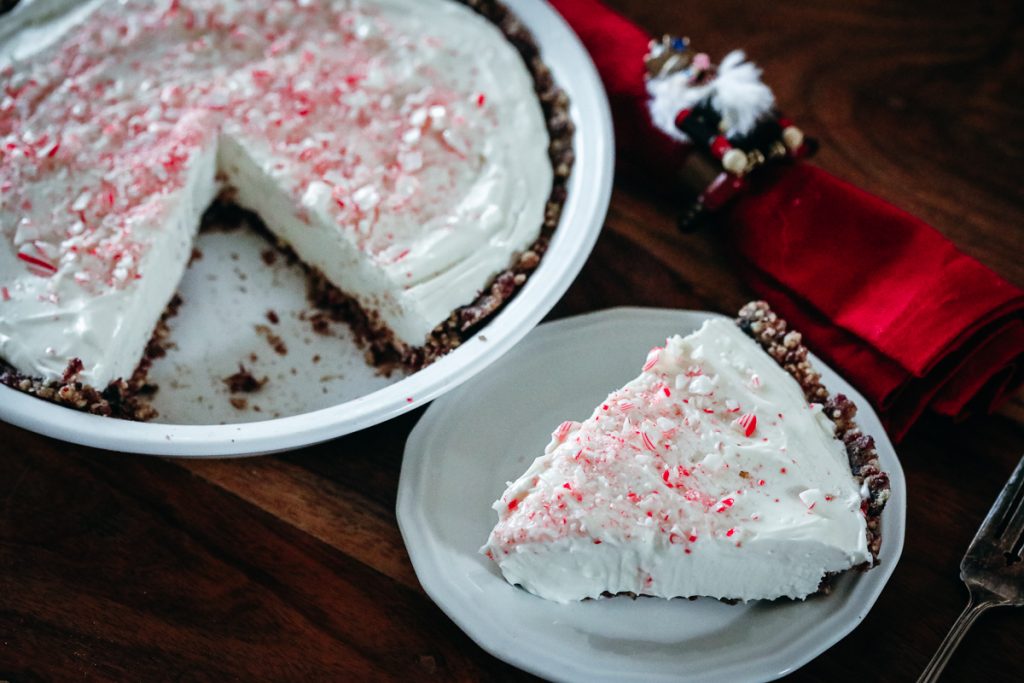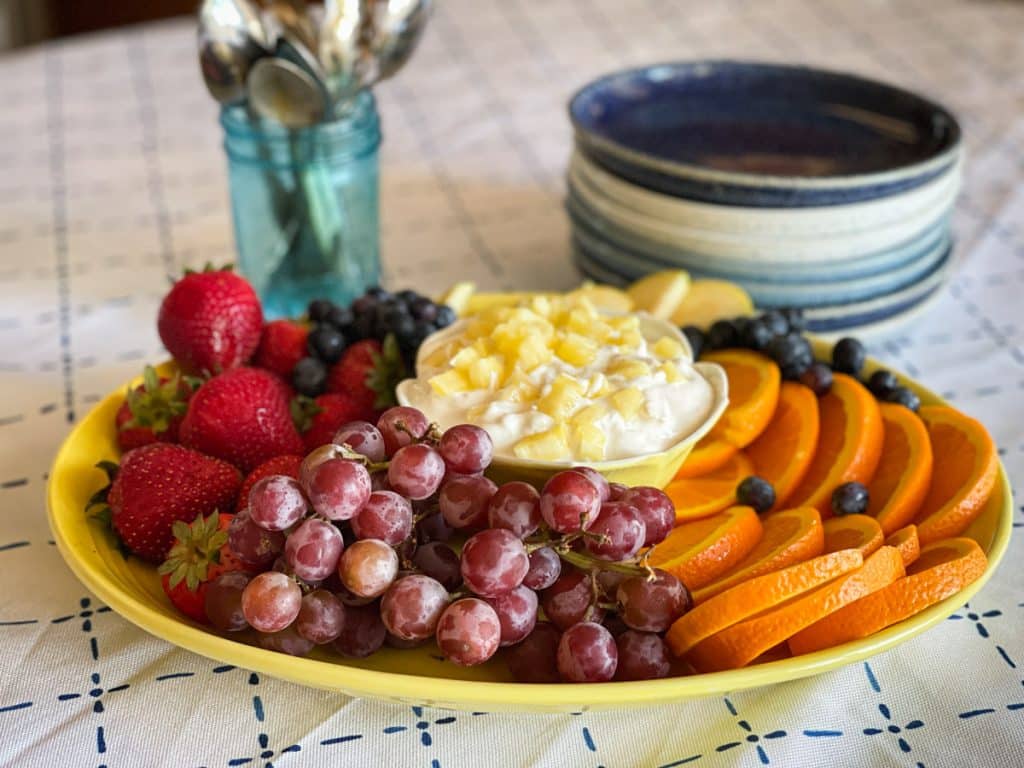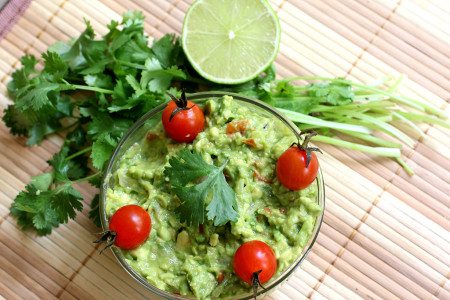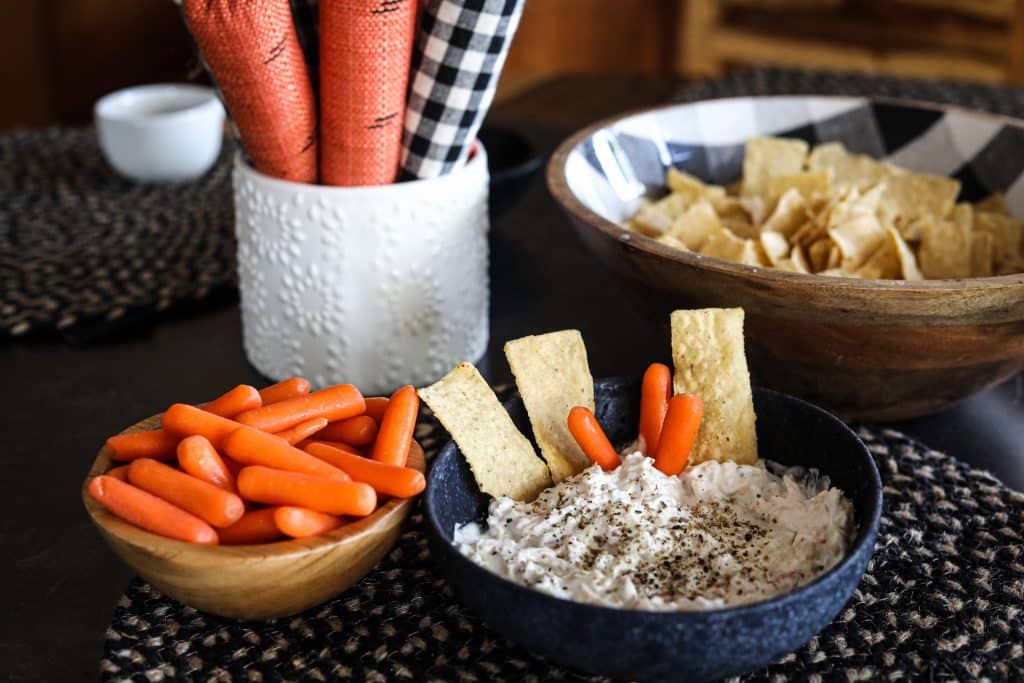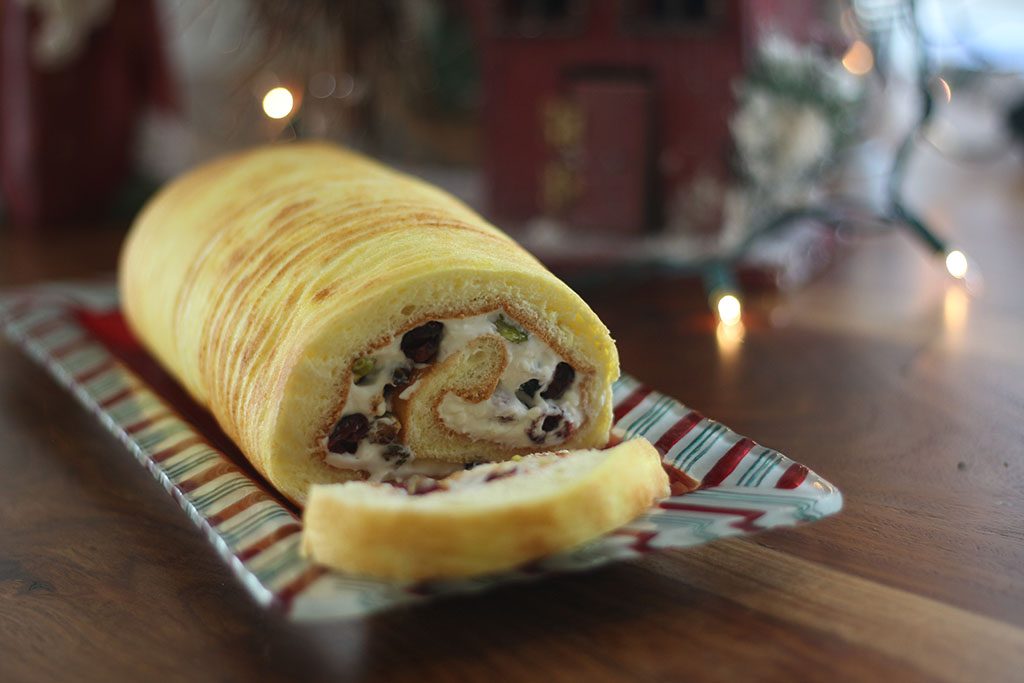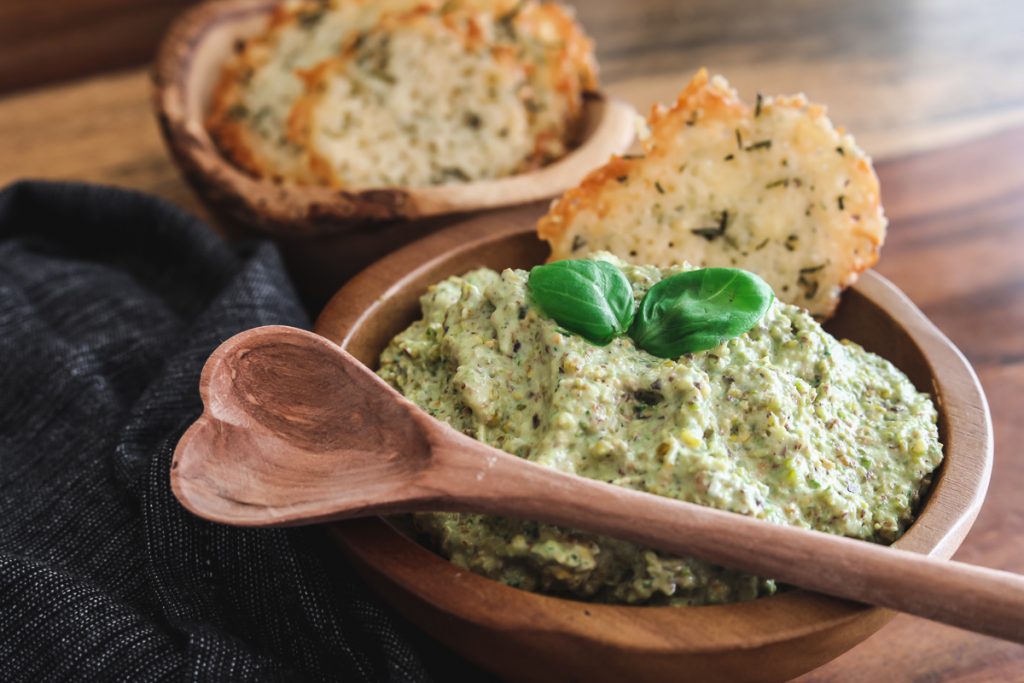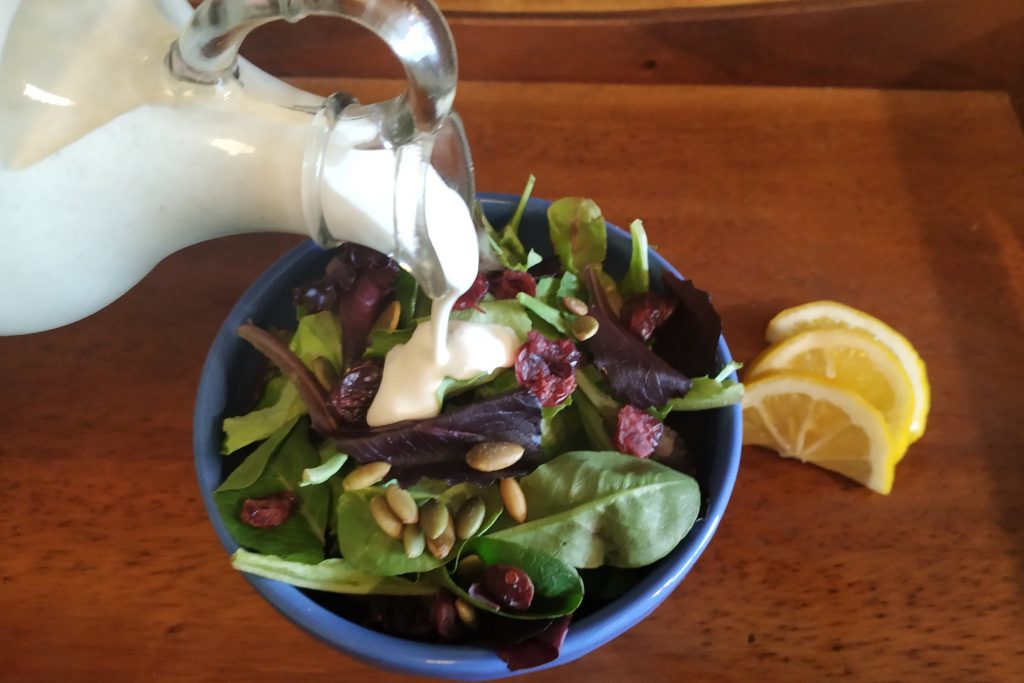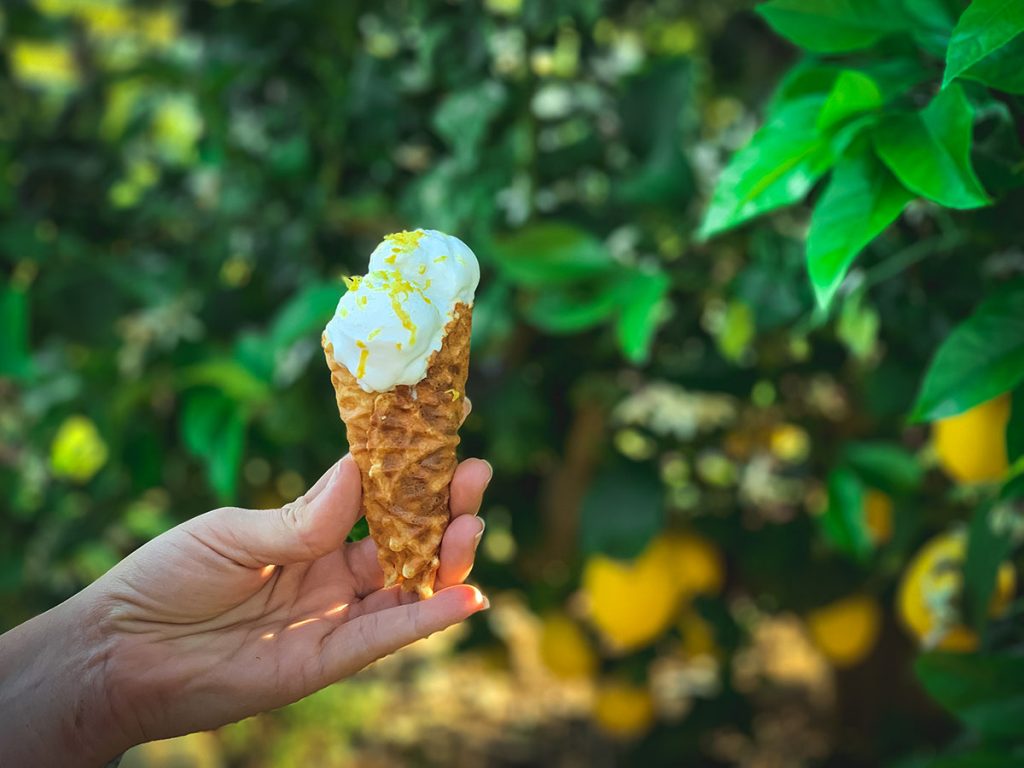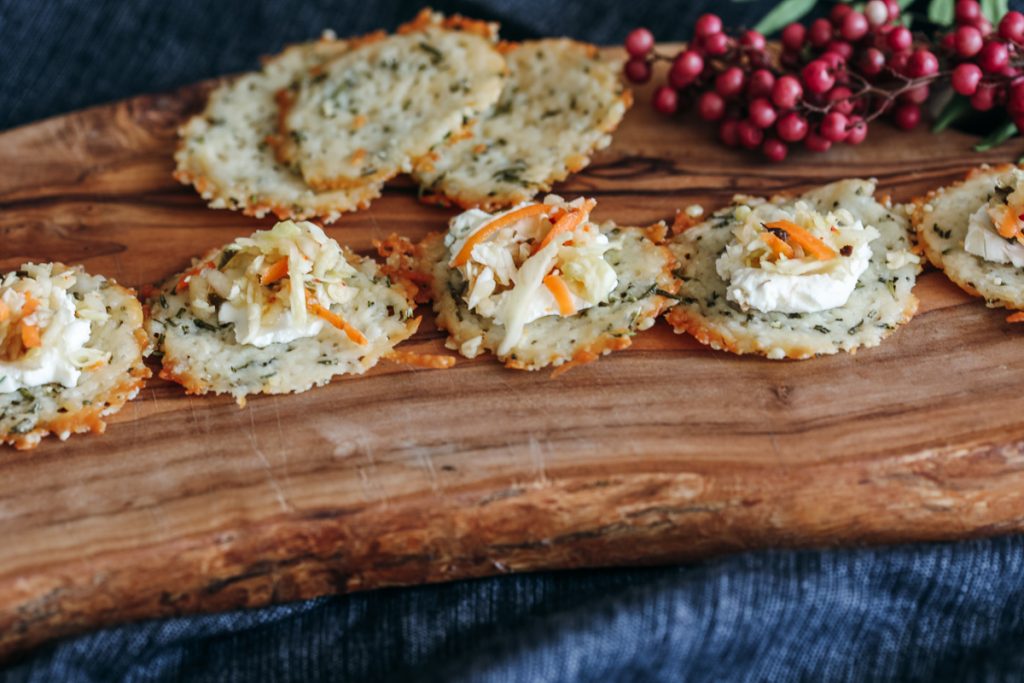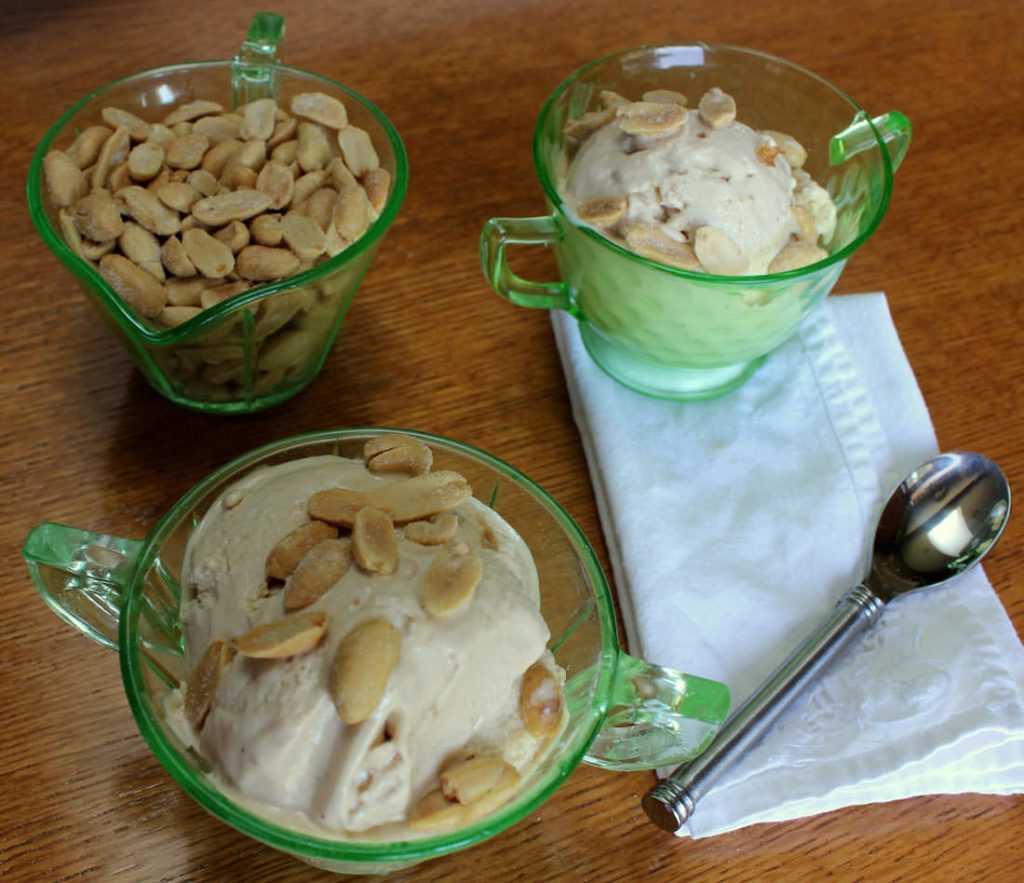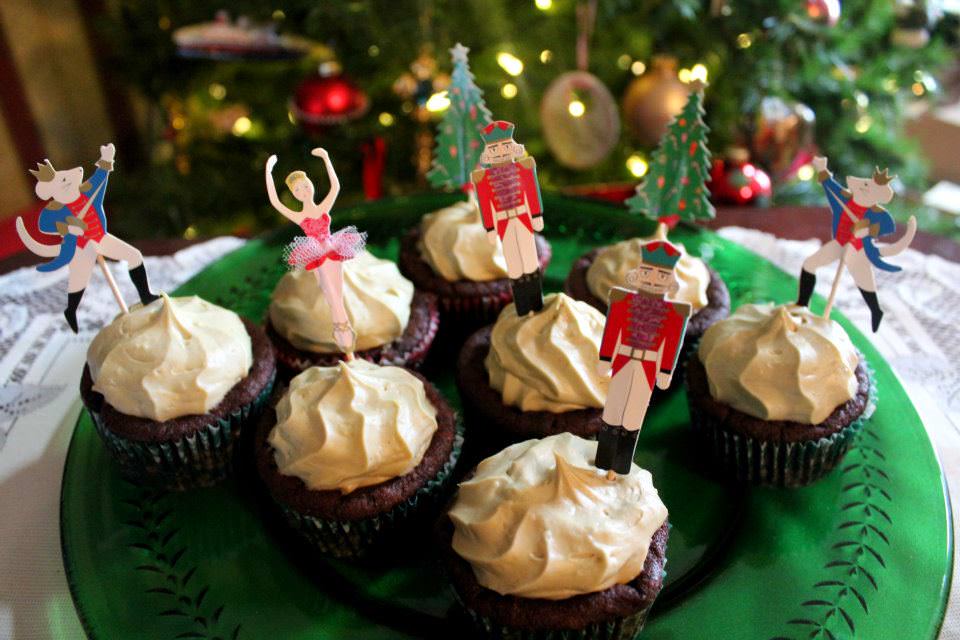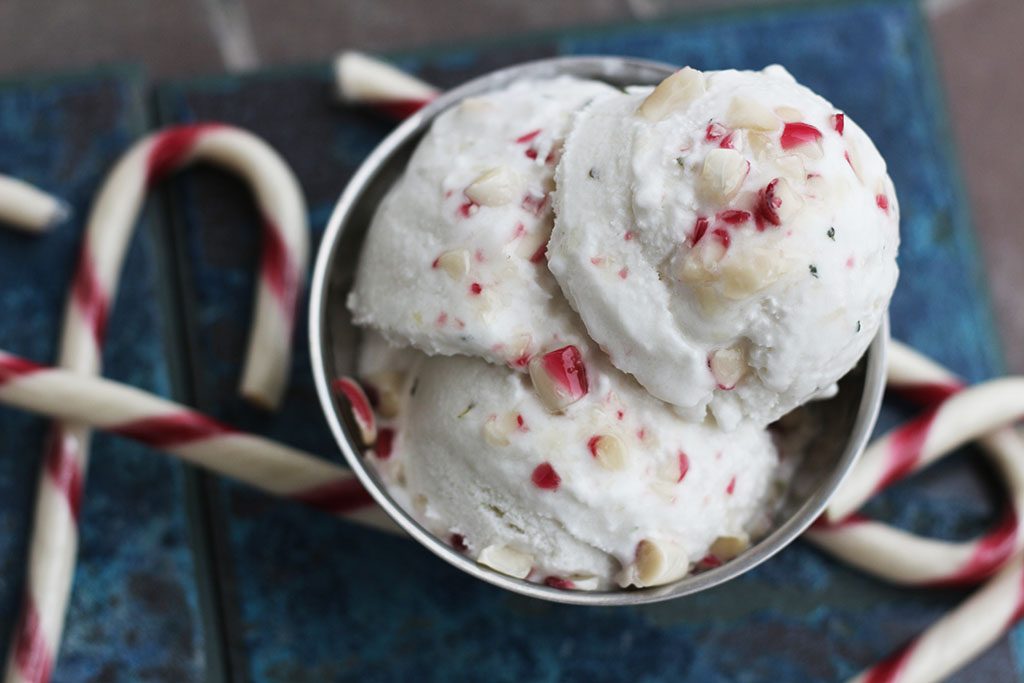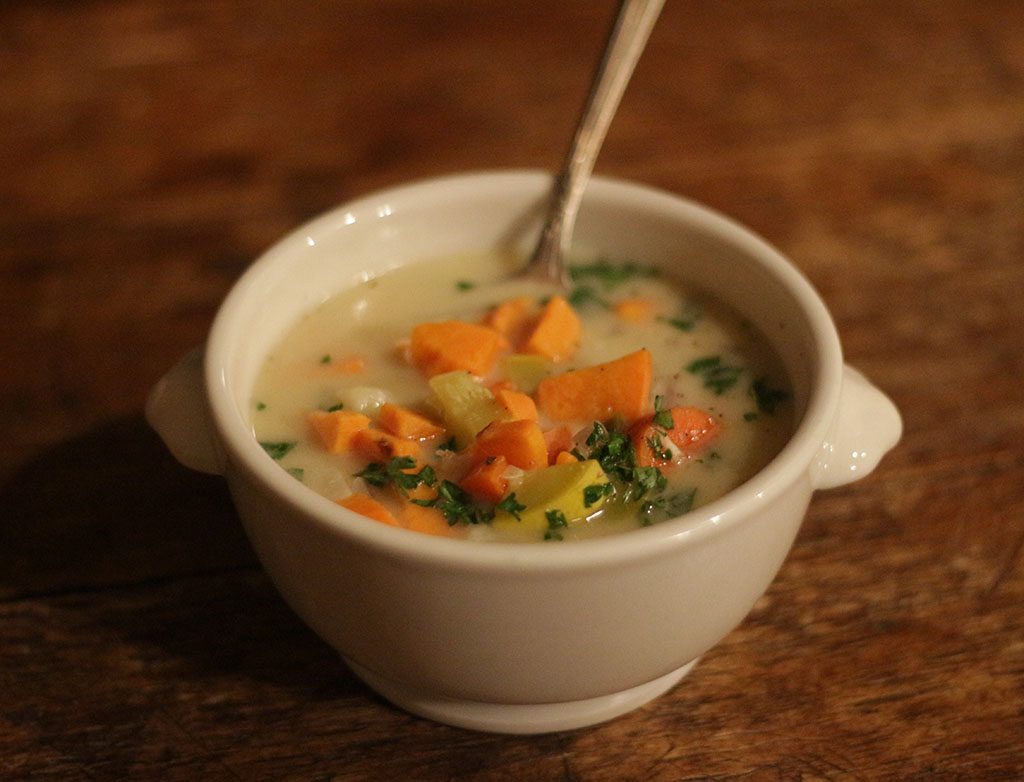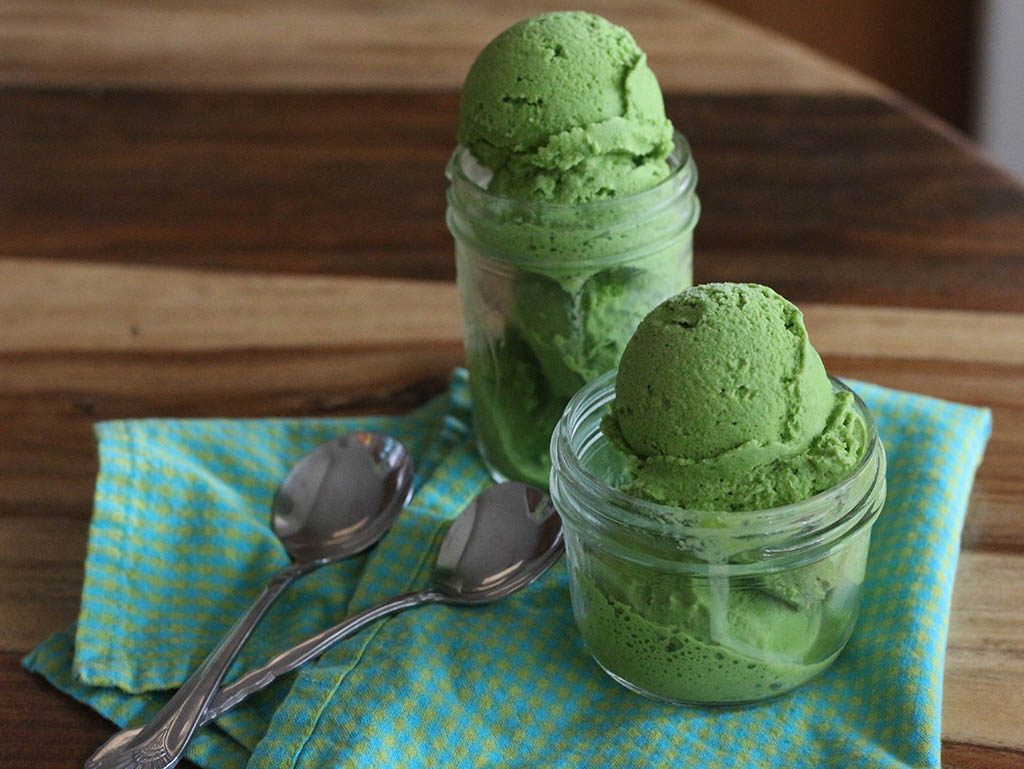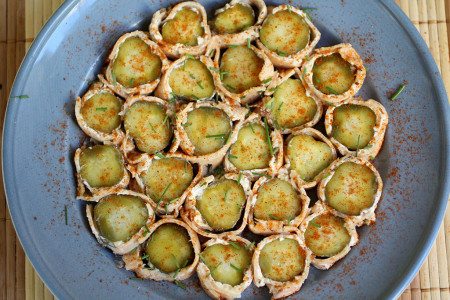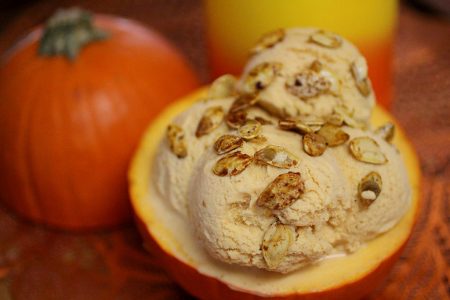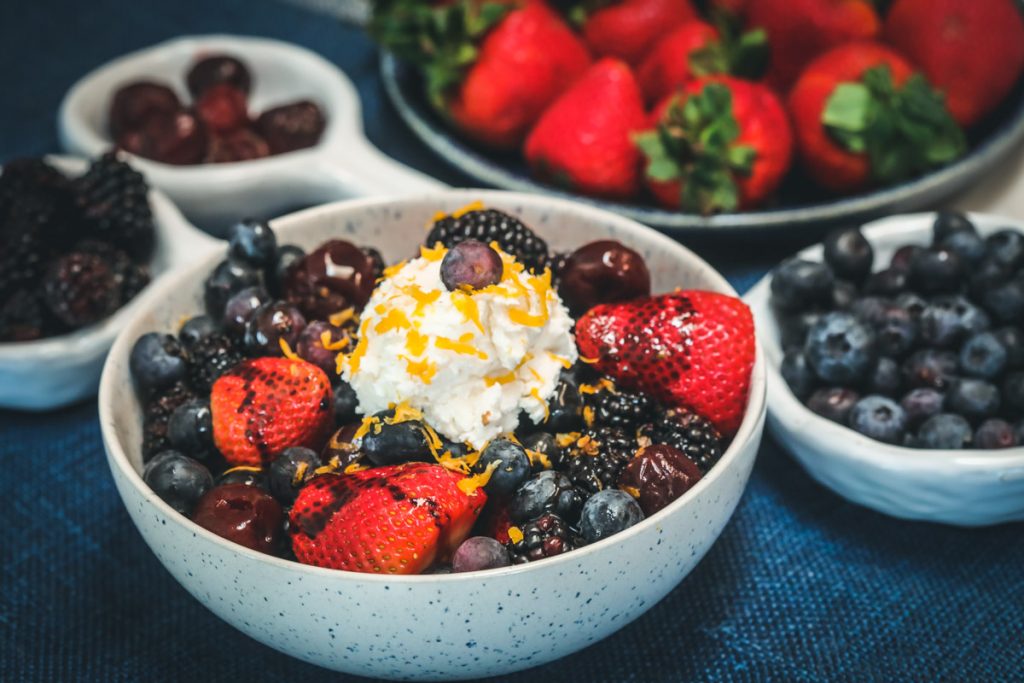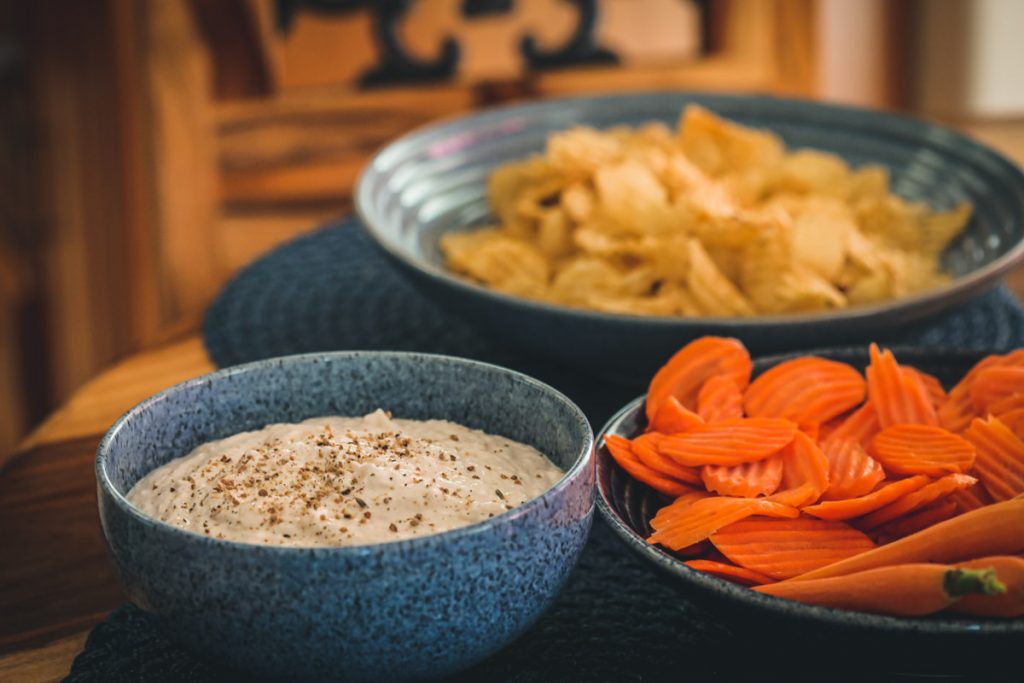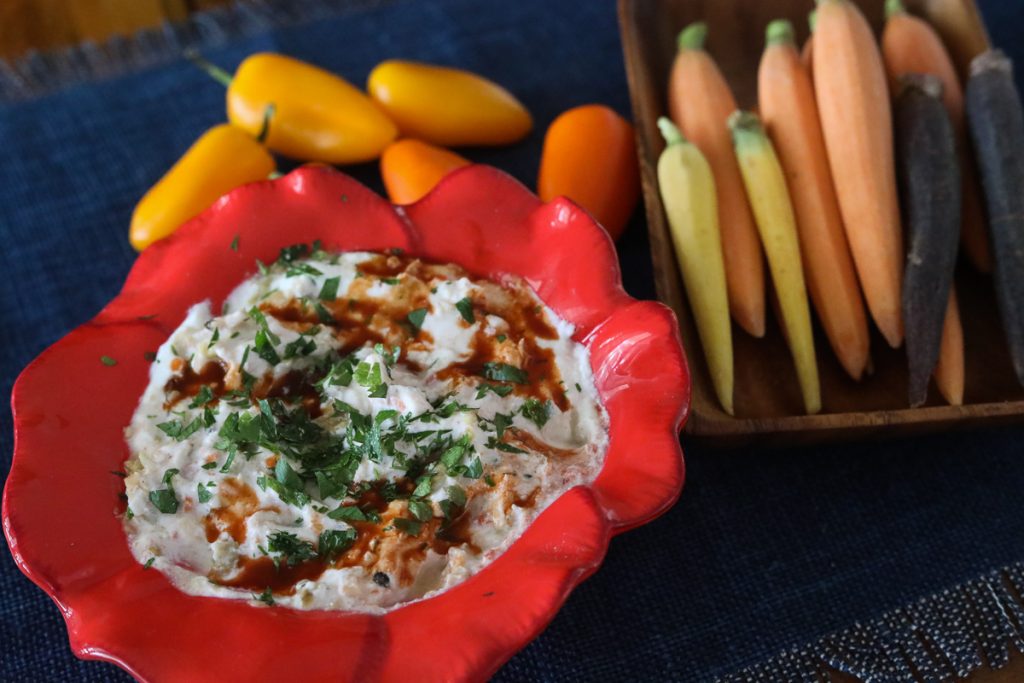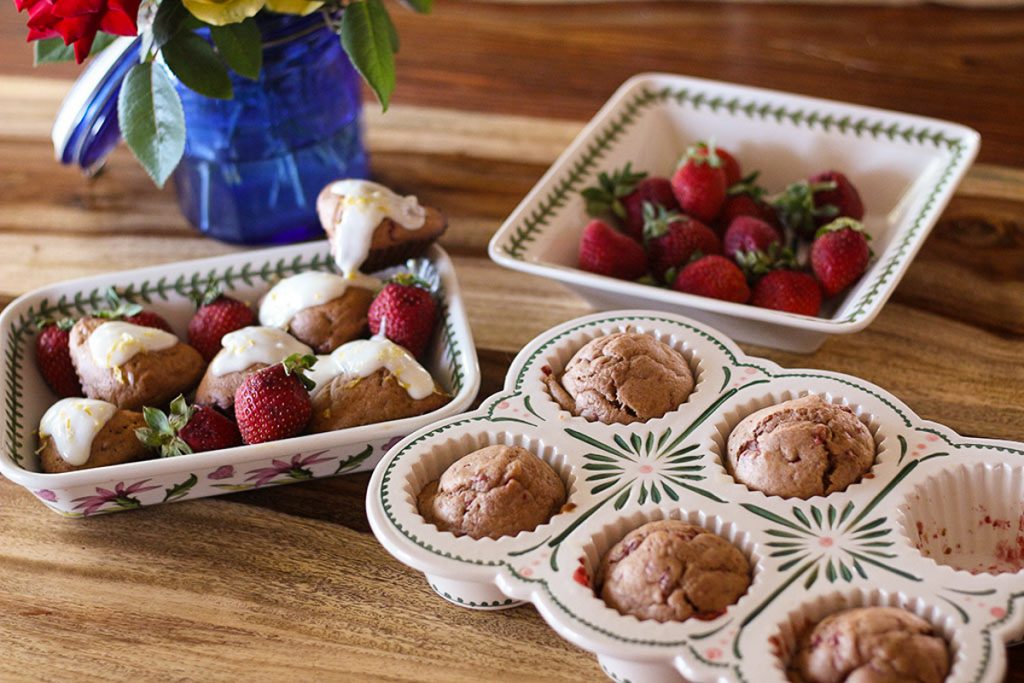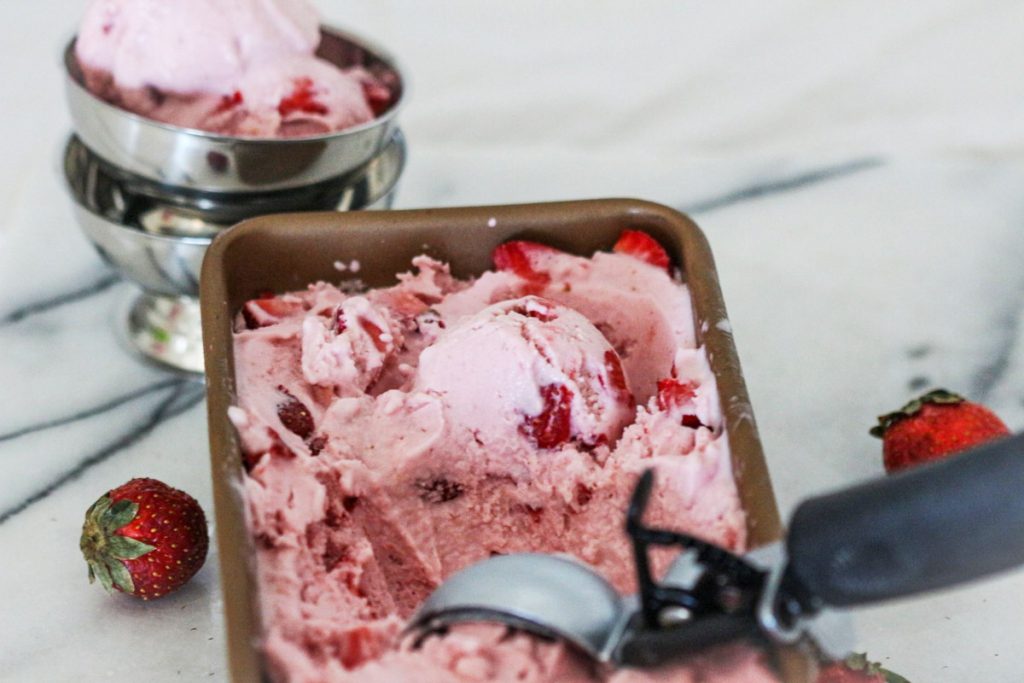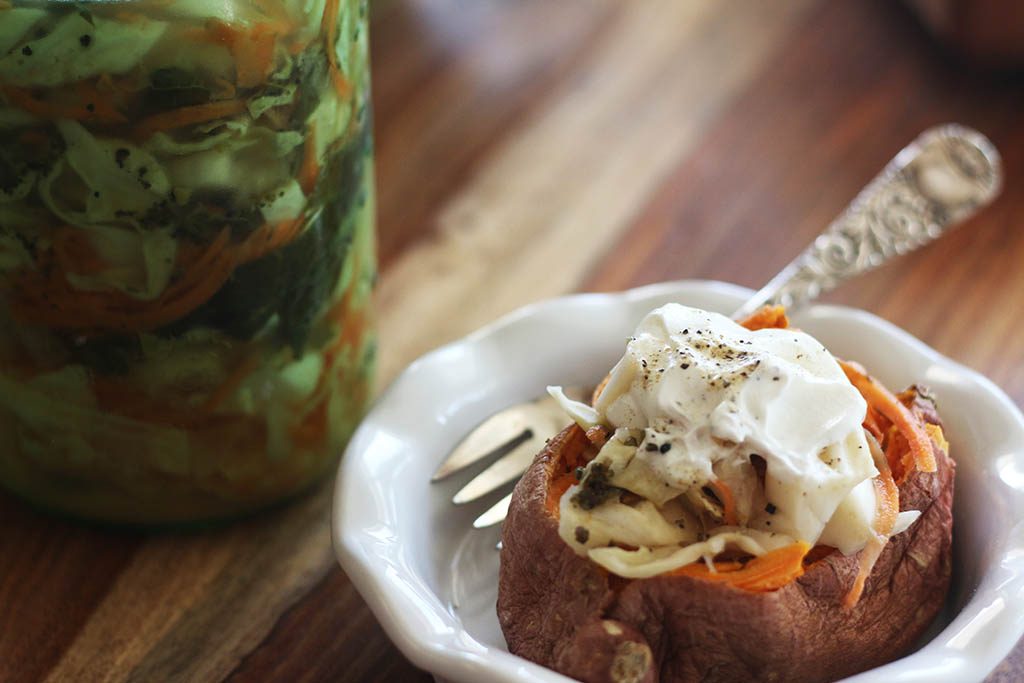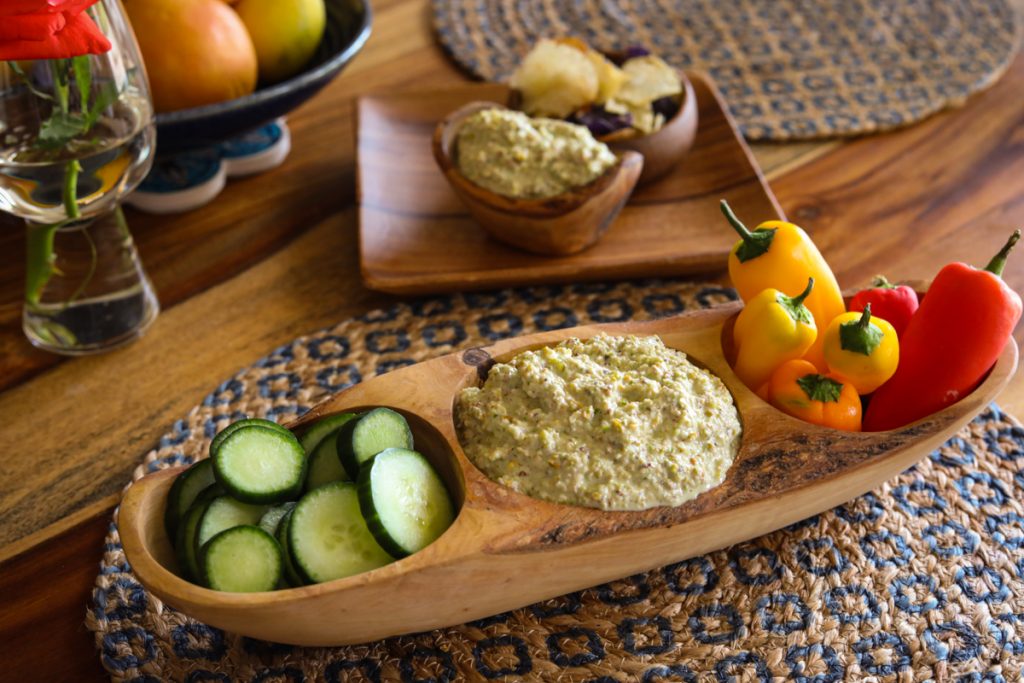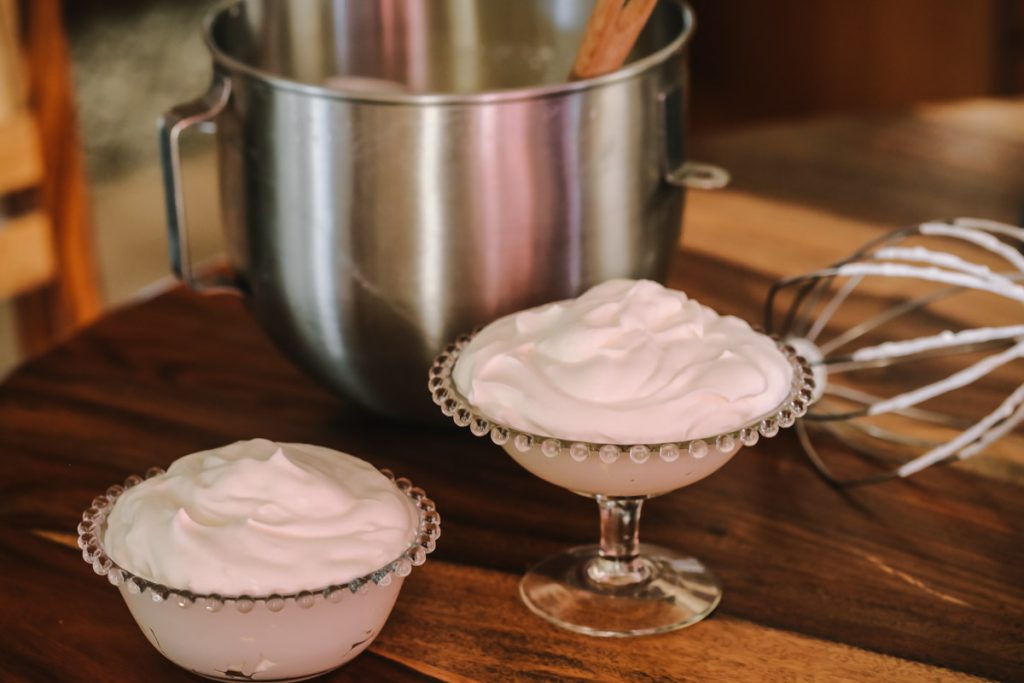
43 Ways to Use Kefir Cheese
Kefir Cheese and Whey
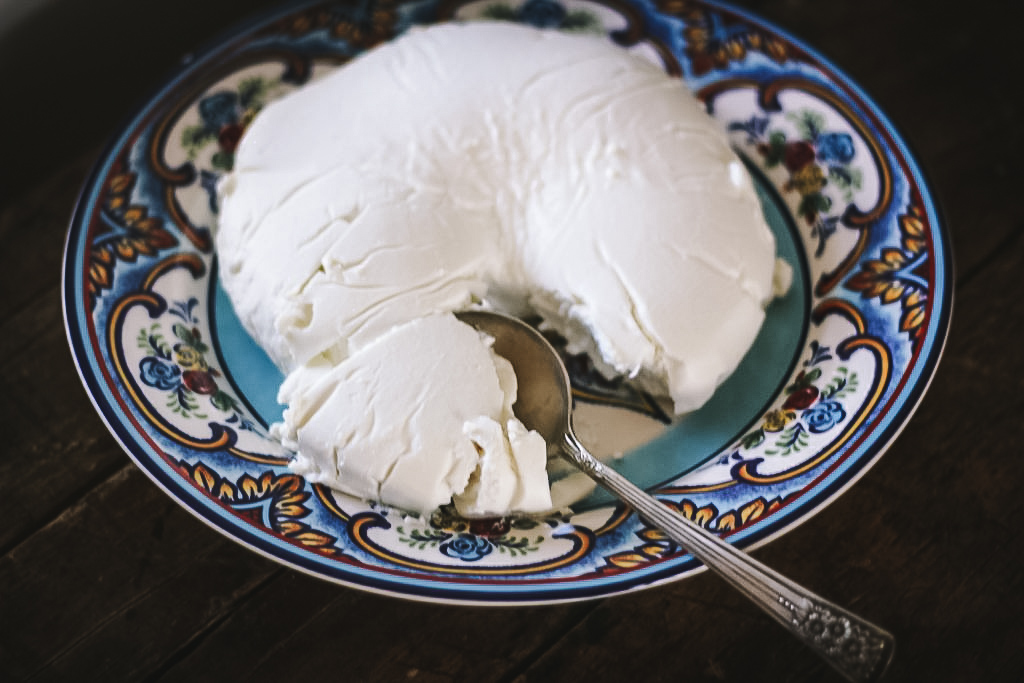
I make a lot of kefir cheese. I use kefir cheese in place of any recipe that calls for cream cheese, sour cream, or Greek yogurt. It's very versatile, and the length of time you strain it will determine how thick it becomes. Making kefir cheese is one of my favorite things to do with kefir—and it’s a great way to sneak kefir into the diets of picky eaters because it tastes so much like cream cheese. We have 43 different ways to use kefir cheese in dips, salad dressings, kefir ice cream, soups, and more! I make it regularly and use it constantly. You can also use the leftover whey to make cultured vegetables and kefir soda, and we have 9 ways for using your extra kefir whey too.
Kefir cheese is 99% lactose free
The curds (or the cheese) portion of kefir contains most of the fat, casein, and vitamin A, but whey also contains a lot of beneficial properties and they both contain probiotics. Kefir cheese is loaded with calcium because it is so concentrated. The good lactic acid bacteria in kefir eat the lactose (milk sugars) out of the milk, lower the pH, make it tart, and cause the milk protein to thicken. While these bacteria ferment the milk, the digestion of the lactose makes kefir easily digestible. Kefir is considered a pre-digested food. The bacteria make probiotics from the sugars and also make it 99% lactose free.
Nutritional Information
Carbohydrates, Fats, and Proteins
When you make kefir cheese, the whey has most of the carbs and the cheese has most of the protein.
The breakdown goes like this: based on 1 cup of fat-free milk, the whey contains 83% carbs; 3% fat; and 14% protein.
The whey liquid is carbohydrates in the form of lactose or milk sugar. A 1-cup serving of regular whey contains nearly 12.6 g of carbs, accounting for three-fourths of its roughly 67 calories The other calories are from Fat 0.9, and Protein 2.1.
Now, this changes through lactic acid fermentation which can significantly lower the carbohydrates depending on how long it is fermented. During the process of fermentation, microorganisms such as bacteria and yeast convert organic compounds – such as sugars and starch – into small amounts of alcohol or acids. For example, much of the starches and sugars in milk kefir, cultured vegetables, and kombucha tea are converted to lactic acid and this lactic acid acts as a natural preservative keeping out pathogens and foodborne illness. Lactic acid is an organic molecule. Its chemical formula is C3H6O3. It has the same proportion of carbon, hydrogen, and oxygen as carbohydrates but it is technically not a carbohydrate.
One cup of kefir cheese made with non-fat milk has roughly 30 calories: 1 gram of fat, 3.5 grams of protein, and 1-2 carbohydrates. This can change based on the length of fermentation and the type of milk you use.
One cup of kefir whey made with non-fat milk has roughly 37 calories: 1 gram of fat, 2 grams of protein, and 5 carbohydrates. This can change based on the length of fermentation and the type of milk you use.
Kefir is considered 99% lactose free since the milk sugars are significantly lowered to 1-3 carbs per cup. This is why you get a sour taste - the milk sugars are lowered through lactic acid fermentation.
Listen To My Podcast
Whey has been called liquid gold, and it has been used throughout history to help with many diseases. It's a superfood that can help with a myriad of ailments. Kefir cheese has many wonderful properties too. Let me show you the many properties and ways to use this wonderful food!
Listen To My Podcast
Making kefir cheese is one of my favorite things to do with kefir—and it’s a great way to sneak kefir into the diets of picky eaters because it tastes so much like cream cheese. I explain the nutritional side of whey and kefir cheese in this podcast. Tune in to learn more.
Are you on the list?
Sign up today and I'll send you my free Getting Started Guide!
Each week I'll send you updates, tips, recipes, and more! You might even be a winner of my weekly giveaway! (starter cultures, memberships, and more!)
Come be a part of my cultured food family!

